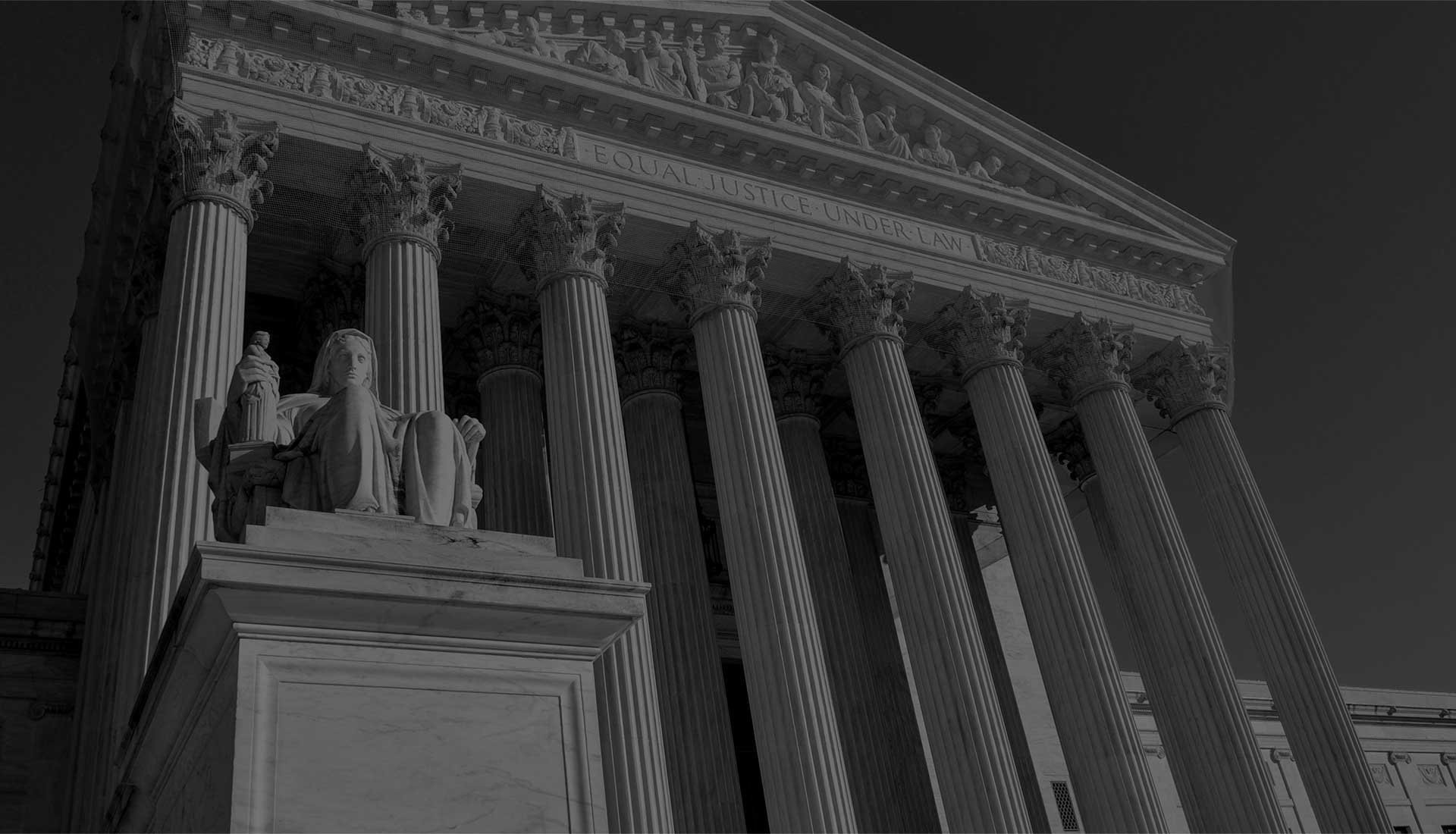Serious Injury Two-Car Crash

A partially-parked UPS delivery truck was also involved in a head-on vehicle collision in Princeton.
The crash occurred near the intersection of Dawson Springs Road (U.S. Highway 62) and Beshears Lane just outside town. The 50 year-old male driver was eastbound on Dawson Springs, he temporarily crossed over to the westbound side to go around an idling delivery truck partially blocking the eastbound side. At that moment, another driver approached on the westbound side, and the two vehicles collided head-on. The female driver and two passengers, a 30-year-old and 69-year-old, were all rushed to a nearby hospital with serious injuries.
Authorities are still investigating the vehicle collision.
Foreseeability in Car Crash Cases
It first blush, it clearly appears that the driver who crossed the center line is responsible for this vehicle collision, and that may well be the case. However, he probably would not have done so had the delivery truck not been blocking the road.
The foreseeability (legal causation) rule comes from Palsgraf v. Long Island Railroad. This colorful case has an interesting background, largely because 1928 was a rather tumultuous period in American history. The facts of this case are disputed to this day, but according to the record, but a female driver and her daughters were waiting for a train in Long Island to take them to Rockaway Beach; apparently, she believed the trip would be a welcome respite from what may have become a rather nasty divorce. Shortly after they arrived, a late-boarding passenger tried to get onto a train as it was already pulling away from the other side of the platform. In a scene right out of a Three Stooges short, one railroad worker tried to push the rotund gentleman into the train from behind while another worker tried to pull him in. Amidst all the commotion, no one noticed that the passenger had a bundle of fireworks. He dropped the package, the fireworks exploded, and the shockwave knocked some large scales over to her. The court eventually ruled that the railroad was not responsible for her injuries, because the chain of events was too remote.
However, the minority opinion introduced the “zone of danger” rule, and under this rule, the railroad would have been liable. This minority rule never gained much traction, unless the defendant was also somehow negligent in the vehicle collision. In the above case, stopping in an active traffic lane is normally a violation of the vehicle code. If a jury did find that the driver was responsible, UPS would be liable for damages under the respondeat superior rule.
The foreseeability rule works differently in different cases. For a free consultation with an experienced personal injury lawyer in Bowling Green, contact Attorney Gary S. Logsdon. Attorneys can help vehicle collision victims receive ongoing medical treatment, even if they have no insurance and no money.

